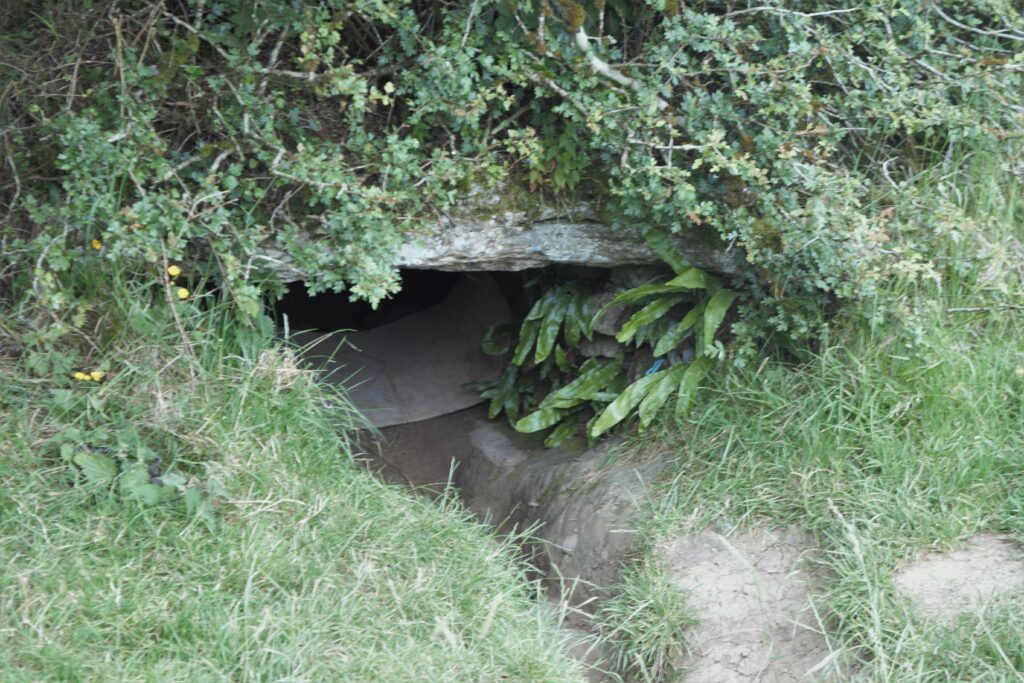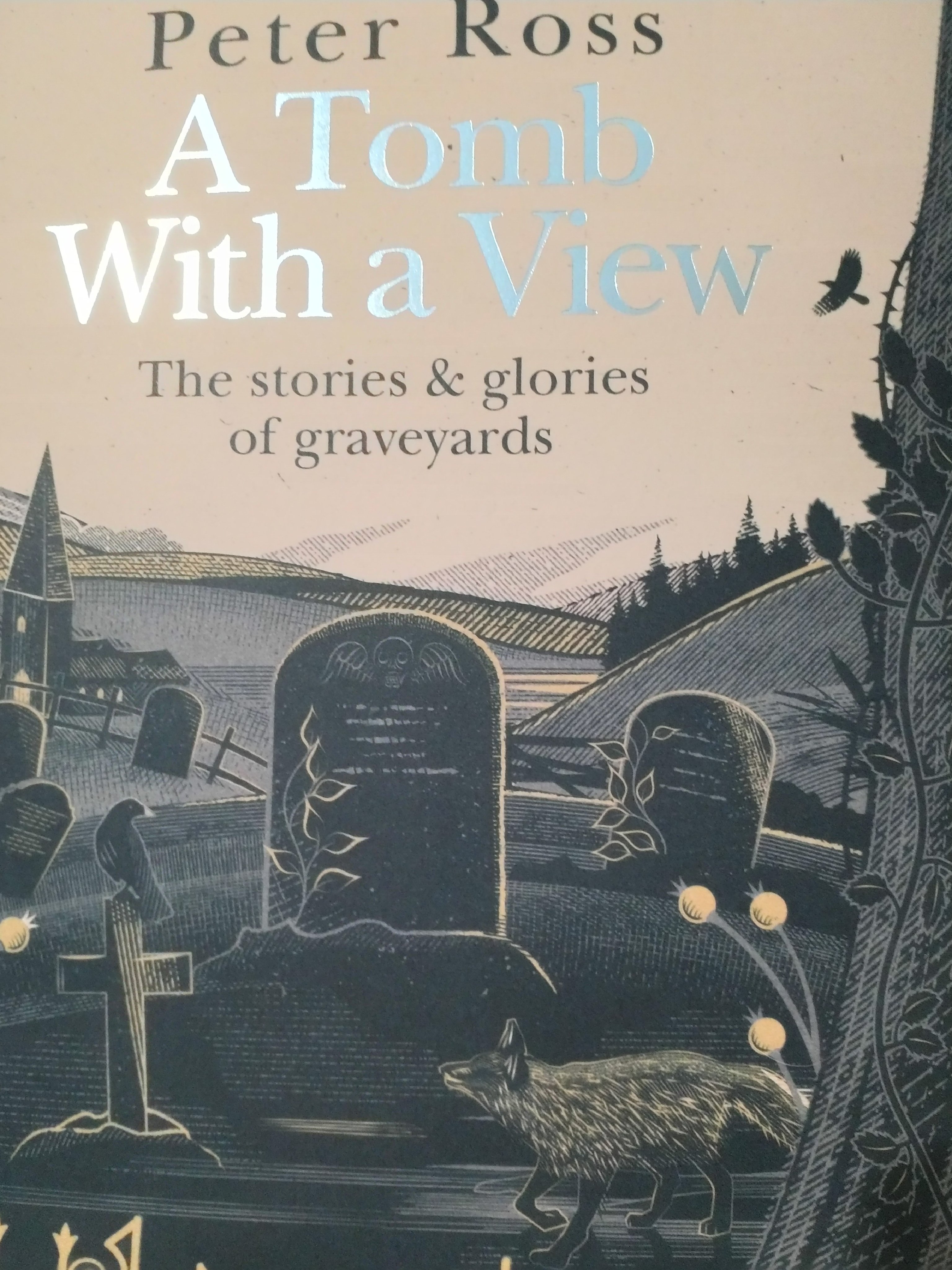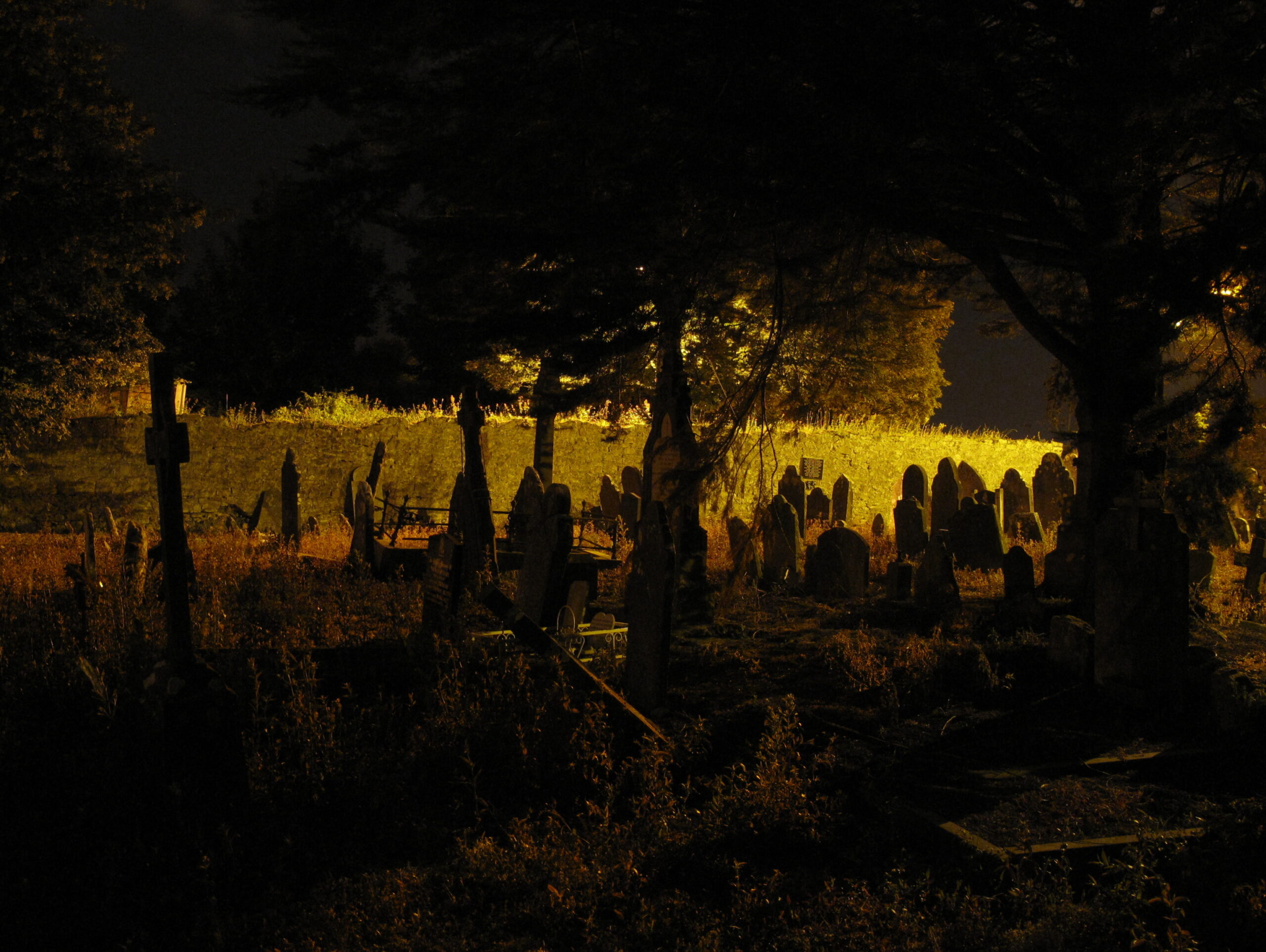A Thread for Oíche Shamhna
A version of this post was first published as a Twitter thread on 31 October 2020 @thewildgees
Some scary Wild Gees stories coming up for the day that’s in it. Expect graveyards, witches, megalithic tombs and the gateway to the otherworld. Even scarier: centuries of misogyny.
Let’s start our Halloween thread in Oweynagat, entrance to the Otherworld. We visited Oweynagat on our first WildGees trip and have drawn from Rathcroghan The Guide Book, written by Mike McCarthy and our wonderful guide Daniel Curley for this thread. Many myths mention this cave in Rathcroghan, reputed home of Halloween, where otherworldly beasts like the three-headed Aillén Tréchenn emerge to wreak havoc on Oíche Shamhna. Oweynagat was also home to the Mórrigán, goddess of war, foreteller of doom and shape-shifter who favoured the form of a hooded crow. Young warriors were tested by descending into the Mórrigan’s cave and facing their fears in the darkness.

This multitasking cave was also a portal to Tír na nÓg, where Queen Maedhbh’s mother, a handmaid of Étaín, accompanies her when she is kidnapped by Midir. Maedhbh (Medb) herself is said to have been born there and there are many stories linking her to Oweynagat. Oweynagat mythology is “brimming with symbols of fertility and divine retribution” and the mouth of the cave is shaped like a limestone vagina. So of course medieval Christian scribes would dub it dorus iffiirn na Hérend – Ireland’s gateway to hell.
The vagina as hell or sinful is a recurring metaphor in this thread, which started off as spooky but became more angry as the parallel misogyny haunting all the stories emerged. Let’s move on to graveyards now this Oíche Shamhna (trigger warning: child death).
Not very fadó, Catholic doctrine was that babies who died before being baptised could not enter heaven as they carried original sin. This is possibly the scariest story in this thread – that ‘holy’ men could come up with such an evil concept and maintain it for centuries. As a result, bereaved parents had to find other places to bury their children. Cillíní (killeens) were often located in liminal spaces – at the boundary of consecrated graveyards, in the ruins of old churches, on tidal islands. At one time every community knew where its cillín was located and many feared them as ‘unhallowed’ places. But they were also places of solace for parents who couldn’t otherwise mark their loss.
In the chapter ‘Unmarked’, Peter Ross (A Tomb with a View) explores na cillíní and the efforts of historians like Emer Dennehy and Toni Maguire to identify and mark the graves of those who were buried there. This isn’t ancient history: some cillíní were in use until the 1980s or even 90s and the church only abolished the concept of limbo in 2007. They couldn’t quite bring themselves to guarantee that unbaptised babies would be saved, they just ‘hope’ so.

Also in A Tomb with a View, we discovered Crossbones cemetery in London. Once part of the liberty of Southwark, which was run as a fiefdom by its Bishop in of Winchester, the cemetery holds the remains of sex workers who were not allowed be buried in consecrated ground. The church wouldn’t acknowledge them in death, but was happy to take a portion of their earnings in life. The local parish has sought to make amends for the sins of its past, and each year leads a ceremony of atonement to Crossbones to ask the women for forgiveness. No such act of atonement has been made by the church in Ireland, and collusion of the church and state to silence the voices of the Mother and Baby Homes shows how far we are from that happening #RepealtheSeal
Witches are a perennial symbol of Halloween: women – often old, often ugly – dressed in black and with mysterious, even evil powers, who strike fear in the hearts of men. But in reality, what the men did to the witches was much, much scarier than broomsticks and cauldrons.
For all our history of misogyny, witch trials never really took off in Ireland. Of the few accounts, two of the women had managed to outlive four husbands so there’s an outside chance they were actual serial killers (or unfortunate innocents with longevity). The one mass trial took place in Islandmagee, Co Antrim, where eight women were found guilty of witchcraft but were jailed rather than burned at the stake. This took place in a planter community in 1710, the fear of witches being particularly strong in Presbyterians recently planted from Scotland.
Scotland has the dubious honour of having executed more witches than any other country. More than 2500 of them in fact. Inverkeithing, a small town in Fife, managed to murder 51 of its women. The last Scottish witch trial was in 1697 and the Witchcraft Act of 1563 was finally repealed in 1736. In Dundee, a long overdue memorial marks the spot where the last ‘witch’ was burned in that city. Grissel Jaffray was executed in 1669. The Wikidata witch finder internship hosted by the University of Edinburgh and their Wikimedian-in-residence Ewan McAndrew set out to map and name all the women tried as witches in Scotland. Some of them are still needing a Wikipedia article.
The word ‘witchhunt’ gets bandied about by (male) politicians whenever they are held to account for something they actually did. Many of the women who were actually hunted were condemned for healing, brewing, nagging, scolding, or not conforming to traditional gender roles and restrictions in their puritan communities. Witches of Scotland is campaigning for justice for all the women (and a few men) who were convicted of witchcraft: a legal pardon, an apology and a national memorial to acknowledge them.
It’s been a heavy thread today, more angry than spooky, so let’s end on a lighter note. Samhain marks one of two days in which the dawn penetrates the passage tomb of Listoghil in Carrowmore. We visited this amazing place on our first Wild Gees trip and would love to have witnessed this. Here’s a video from Sligo Neolithic Landscapes. Happy Halloween from the Wild Gees.

